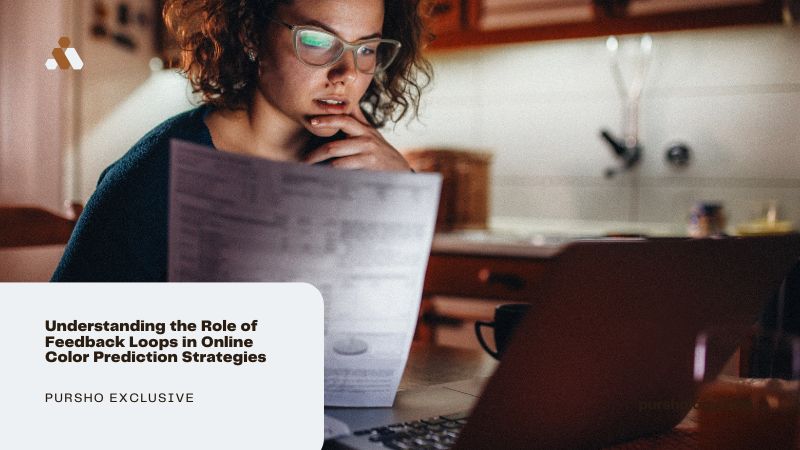In the realm of online color prediction games, success often hinges on the ability to make informed decisions based on past outcomes. Central to this process is the concept of feedback loops, which provide players with valuable information about the effectiveness of their strategies and the likelihood of future outcomes. In this article, we delve into the role of feedback loops in online color prediction strategies, exploring how they shape player behavior, influence decision-making, and contribute to overall success.
The Basics of Feedback Loops
At its core, a feedback loop is a mechanism through which information about the results of a previous action is used to modify future actions. In the context of online color prediction games, feedback loops occur when players receive feedback on the outcomes of their predictions and use this information to adjust their strategies accordingly. This continuous cycle of prediction, feedback, and adaptation forms the foundation of effective gameplay in color prediction games at 91 club.
Types of Feedback in Color Prediction Games
Feedback in color prediction games can take various forms, each providing players with valuable insights into the outcomes of their predictions. Visual feedback, such as the display of winning and losing outcomes on the screen, allows players to immediately see the results of their predictions and adjust their strategies accordingly. Numerical feedback, such as win rates or profitability metrics, provides players with quantifiable data to assess the success of their strategies over time. Additionally, feedback from other players, such as discussions in online communities or shared insights on social media, can offer alternative perspectives and strategies for consideration.
The Influence of Feedback on Decision-Making
Feedback plays a crucial role in shaping player decision-making in online color prediction games. Positive feedback, such as consecutive wins or profitable outcomes, reinforces the belief that a particular strategy is effective, leading players to continue using it. Conversely, negative feedback, such as consecutive losses or unprofitable outcomes, prompts players to reevaluate their strategies and consider alternative approaches. By integrating feedback into their decision-making processes, players can adapt and refine their strategies over time, increasing their chances of success in color prediction games.
Feedback Loops and Cognitive Biases
While feedback loops are essential for learning and adaptation in color prediction games, they can also be influenced by cognitive biases that distort perception and decision-making. For example, confirmation bias may cause players to seek out information that confirms their existing beliefs about their strategies while ignoring contradictory evidence. Similarly, availability bias may lead players to overemphasize recent outcomes in their decision-making, regardless of their overall success rate. Recognizing and mitigating these cognitive biases is crucial for accurately interpreting feedback and making informed decisions in color prediction games.
Leveraging Feedback for Strategic Advantage
Successful players in online color prediction games understand the importance of leveraging feedback to their strategic advantage. By carefully analyzing feedback data, identifying patterns and trends, and adjusting their strategies accordingly, players can optimize their gameplay and maximize their chances of success. Additionally, actively seeking out feedback from other players, participating in online communities, and engaging in discussions about strategies can provide valuable insights and perspectives that enhance strategic decision-making.
Conclusion: Harnessing the Power of Feedback Loops
In conclusion, feedback loops play a pivotal role in shaping player behavior, influencing decision-making and driving success in online color prediction games. By providing players with valuable information about the outcomes of their predictions and opportunities for adaptation and refinement, feedback loops enable continuous learning and improvement in gameplay. Successful players recognize the importance of leveraging feedback to their strategic advantage, actively incorporating it into their decision-making processes to optimize their performance. As players continue to refine their strategies and adapt to changing circumstances, the role of feedback loops in online color prediction games will remain integral to their success and evolution.




